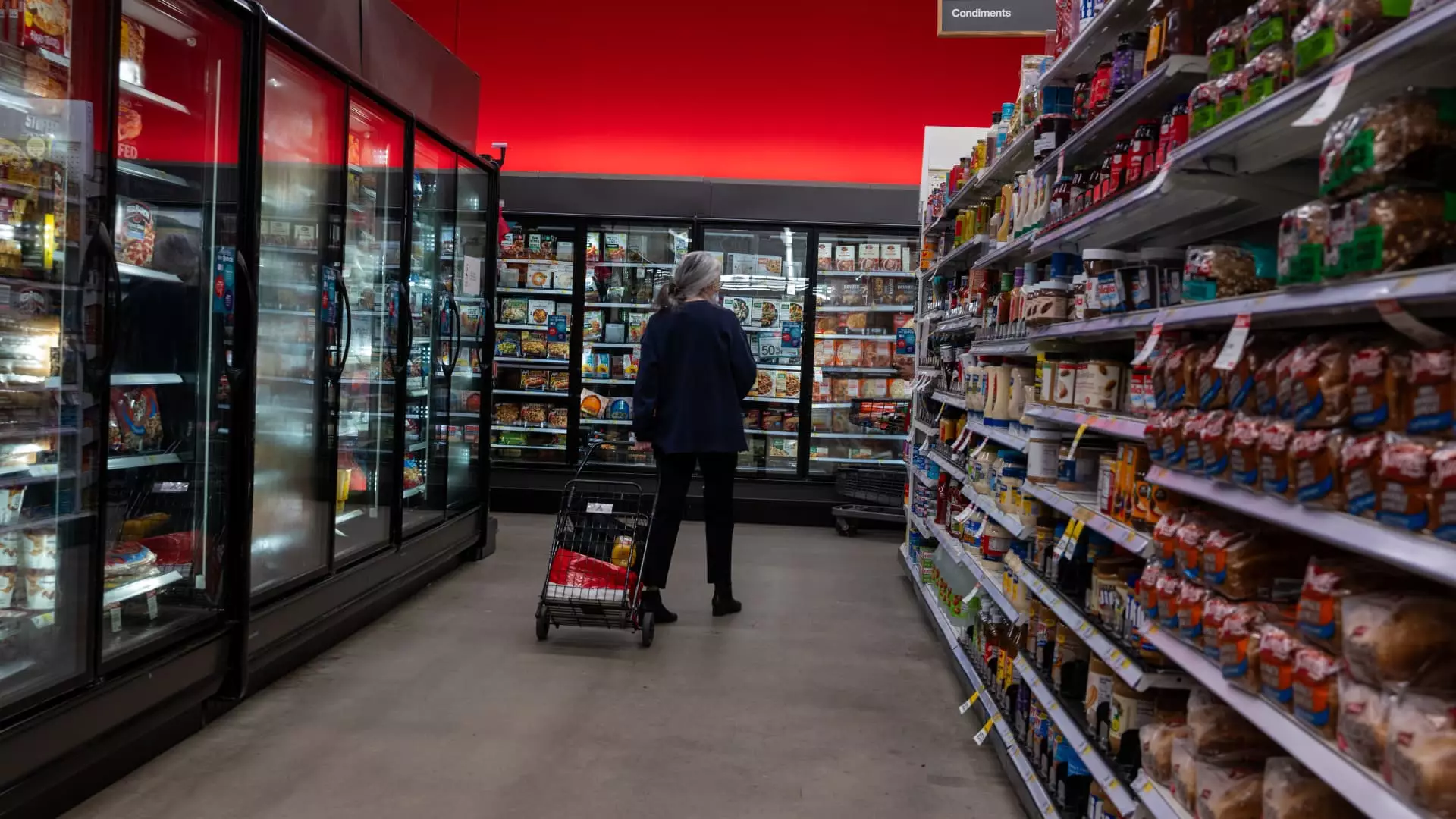President Donald Trump’s tariff policies aren’t just a matter of politics; they hit right at the heart of American families’ purchasing power. A recent analysis by Yale Budget Lab estimates that the average consumer could see a staggering $4,400 decline in purchasing power due to these tariffs over the near term. This figure underscores a harsh reality: tariffs act as a tax on imports, and U.S. businesses, already stretched by variable costs, are likely to pass these increases along to consumers. This is a bitter pill to swallow, especially for those who may already be living paycheck to paycheck.
The dread of increased prices should resonate strongly with anyone invested in maintaining a healthy financial status. Consumers are facing a steep uphill climb, and the looming consequences of Trump’s trade policies are only exacerbating a precarious economic landscape. As we inch closer to summer, a painful realization becomes evident: American wallets are poised to take a significant hit, and the ripple effects of these tariffs will be felt across various sectors, particularly in the food industry.
The Timing of Price Increases
The timeline for when consumers will experience these price hikes is crucial. Economists predict that the worst effects of the tariffs will become evident by May or June. Thomas Ryan from Capital Economics explains that the nature of economic ecosystems means that price increases take time to propagate—from producers to wholesalers and finally to consumers. The necessity of being cautious during these transitions, however, could lead retailers to strategically sprinkle in price increases to alleviate backlash, creating a sustained atmosphere of souring sentiment among consumers.
In fact, consumers might initially see some inconsistencies in inflation data, as the short-term impacts of the tariffs will not immediately reflect on economic indicators. This delay could serve as a false sense of security, misleading economic forecasts while the true extent of the tariffs gradually sinks into public consciousness, much like a slow poison. It’s an unsettling reality, and one that likely requires serious attention from both consumers and policymakers alike, as we brace for a future where everyday essentials are increasingly unaffordable.
Food Prices Are Among the First Casualties
The ramifications of this trade war are not hypothetical; they will be immediate and tangible, especially in the food sector. Food items are perishable, meaning grocery stores don’t have the luxury of waiting to pass on costs. As the cost of imports rises, consumers can expect grocery bills to reflect these changes almost instantaneously. This scenario creates a vicious cycle—wages haven’t kept pace, yet the costs of basic necessities are projected to soar.
While it’s easy to get lost in the numbers, the human aspect of these economic changes should not be overlooked. Families will have to strategize more than ever, potentially cutting back on non-essential goods or even re-evaluating meal plans. The incoming inflation is not an abstract figure on a spreadsheet; it will dictate life for many, particularly for those who have already tightened their belts as much as possible in recent years.
The Domino Effect on Other Goods
It’s not just food that’s in the line of fire—rising prices are expected across an array of physical goods, including vehicles, electronics, and clothing. This could lead to a cascading effect that hits households hard right around significant spending holidays like Memorial Day. The fact that retailers may respond gradually to increases means that consumers will be bombarded by a series of hikes, rather than a single, digestible change.
The psychological impact of gradual but increasing costs can also alter consumer sentiment, potentially leading to decreased spending and slower economic growth. It’s a paradoxical situation where an administration’s attempts at protecting domestic jobs may inadvertently lead to a weakened consumer base, which in turn can create more instability in the economy.
Political Implications and the Uncertainty Ahead
As the situation stands, the landscape of tariffs appears uncertain. Trump’s flip-flopping approach could make consumers apprehensive and worsen economic stability. Kevin Hassett from the National Economic Council’s assertions about ongoing negotiations with trading partners emphasize this unpredictability. The complexities of global trade require careful calibration, but the current administration presents a troubling precedent—one where abrupt policy shifts could destabilize already fragile economic relationships.
Such indecisiveness only heightens consumer anxiety. Companies might hesitate on pricing strategies out of fear of backlash, stalling economic momentum further. Economic policies should aim to promote strength and resilience; however, the current environment appears to sow division and uncertainty, ultimately placing ordinary Americans in a precarious position.
As the summer months approach, one thing becomes clear: consumers are gearing up for a potentially difficult season, and it’s imperative that both consumers and lawmakers understand the high stakes at play. The impact of tariffs might just be the surprise summer lesson no one asked for.

